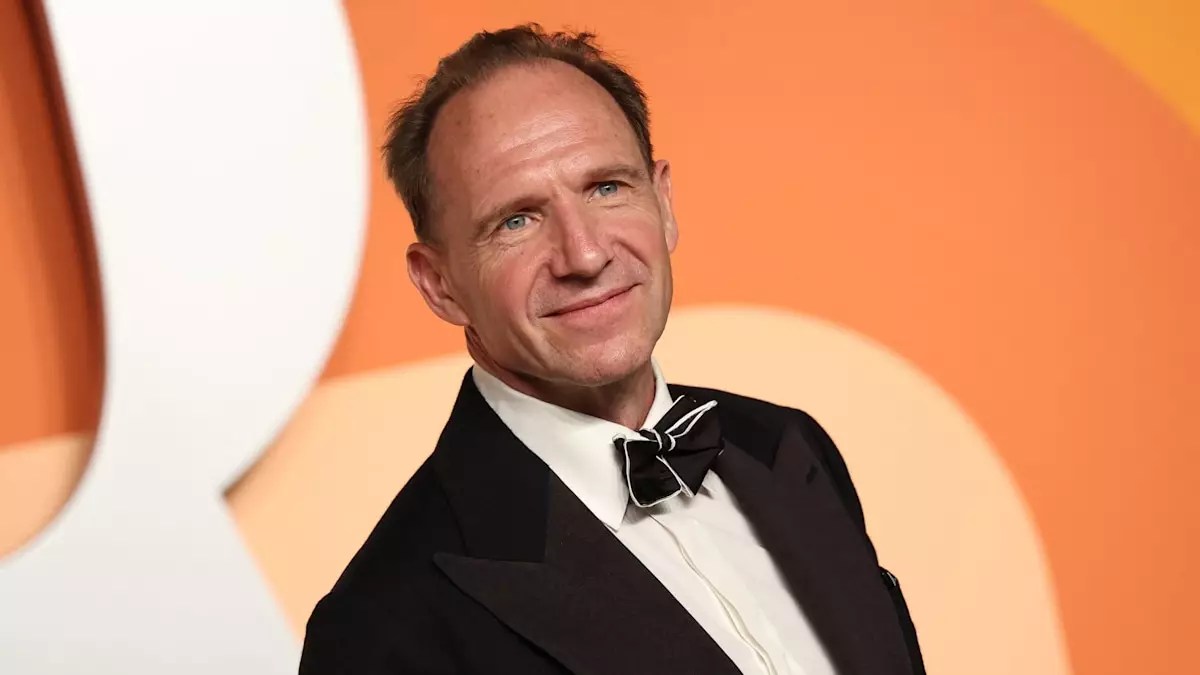Ralph Fiennes, famed for his portrayal of the sinister Voldemort in the Harry Potter series, has encouraged discussions far beyond the cinematic world—taking center stage in the health and fitness arena. At 62, Fiennes illustrates that age is no barrier to transformation and that striking changes are attainable with dedication. Recently, Fiennes embarked on an ambitious physical transformation in preparation for his role in a remake of “The Return,” illuminating the significant effort that goes into achieving a new physique. Under the guidance of trainer Dan Avasilcai, Fiennes committed to a rigorous five-month training regimen, melding weight training, running, and a nutritionally rich diet. The results are not just a spotlight on his physical prowess but a testament to his enduring commitment to redefining his health and fitness journey.
The Rigorous Road to Transformation
Fiennes’s metamorphosis generated buzz and a fair bit of admiration among fans and fitness enthusiasts alike. Images shared by Avasilcai showcased an actor almost unrecognizable from his prior role as Cardinal Lawrence in “Conclave.” To comprehend the depth of commitment it takes to achieve such a transformation at this stage in life, personal trainer Jack Claxton provides insightful commentary. He asserts that Fiennes’s routine, although intense, is an essential pathway towards reducing body fat and improving overall health. For those aspiring to emulate Fiennes, Claxton emphasizes the necessity of consistency, discipline, and adaptability in fitness routines.
“To get a physique like Ralph’s would definitely require intense training—especially if one’s starting point isn’t already athletic,” Claxton mentions. He recommends committing to four or five gym sessions weekly, interspersing strength training with more dynamic athletic-style workouts. Notably, he reinforces the idea that maintaining an adaptable approach is vital as individuals age, advocating for both strength and mobility as crucial components of any effective program.
The Necessity of Recovery in Fitness
While the allure of rapid physical change can be enticing, the wisdom that comes with experience reveals that recovery should be a priority in any fitness regime, especially for older individuals. Claxton recommends regular use of a sauna and active recovery techniques like swimming or walking to boost mobility and decrease the risk of injury. The implication is clear: transformation is not just about fervent workouts but also implementing careful recovery tactics to ensure longevity and well-being.
Ronni McKay, an expert at GymBox, takes a broader view regarding fitness among older adults. “We’re not just aiming for aesthetics as we age; it’s about maintaining independence and health,” she points out. McKay insists on personalizing training plans, emphasizing that cookie-cutter approaches do not serve everyone, especially those in their 60s and beyond. “Safety and sustainability should dictate fitness routines, focusing on what works best for the individual in their current capacity,” she argues.
Fitness for the Future
For those inspired by Fiennes but unsure where to start, Claxton offers pragmatic advice for beginners. He suggests easing into fitness with two or three sessions per week, utilizing machines for resistance training rather than jumping into high-impact free weights. The cornerstone of this strategy lies in gradually enhancing one’s cardiovascular health as well.
For an older demographic like Fiennes, the spotlight shines on a holistic approach to physical fitness. It is about balancing strength training with mobility drills and flexibility exercises. Compound movements such as squats and deadlifts are critical for reinforcing functional strength and should be staples in any mature fitness regime. McKay emphasizes incorporating isolation exercises to promote joint health, which paves the way for sustainable progress.
The focus shifts to steady improvement rather than immediate results. This gradual approach fosters resilience, ensuring that participants feel good while they work towards their goals. “Mobility drills,” McKay highlights, “can dramatically enhance overall well-being and mobility, impacting everyday movements for the better.”
Ralph Fiennes serves as a compelling figure in illustrating how transformation knows no age bounds. While his results might fuel inspiration, the true takeaway remains in the understanding of the consistent effort, recovery, and tailored approaches vital for any new fitness journey. As the conversation around aging and fitness evolves, Fiennes’ story continues to resonate, paving the way for new possibilities in the realm of health and longevity.


Leave a Reply